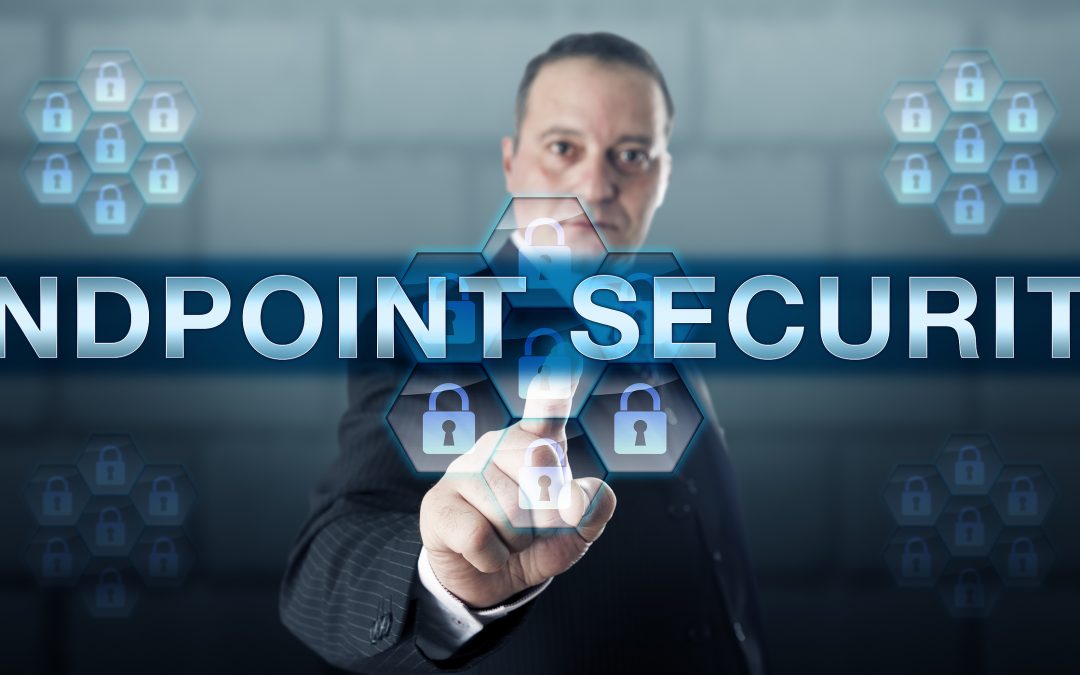The network of today looks completely different from the one of 15 years ago. In the past, most network endpoints were either computers or servers and they were all contained in a single location. In 2020, a typical Singapore business network includes multiple mobile devices (more so than even computers) and networks are spread out across several locations due to the rise of remote workers and cloud solutions for small businesses. Mobile devices now make up about 60% of the endpoints in an average business network. This presents challenges to cybersecurity that companies hadn’t faced in the past. These challenges include:
- They have to keep track of more devices than in the past
- Devices used for work can be a mix of employee-owned and company-owned.
- Devices are no longer sitting on a desk inside a single building
- Mobile devices used for business can connect automatically to multiple networks a day
- How to ensure devices located in employee homes are secured
Another critical factor thrown into the mix is that hackers are taking advantage of the new remote work environment. Phishing attacks related to COVID-19 rose 667% since the end of February. Criminals are attempting to get into home networks, which tend to be much easier to hack than business networks, and now they hold the same access to business data. With the cost of a data breach for Singapore businesses at S$1.7M, it’s critical for companies to get a handle on the security of all those endpoints, which is what Endpoint detection and response (EDR) was created to do.
What Is an EDR Solution?
Endpoint detection and response solutions monitor endpoints, connect to them remotely, and can detect any suspicious activity. EDR can be used to remotely manage and secure laptops, desktops, tablets, and smartphones. They’re more sophisticated than a simple antivirus solution and can identify cyberattacks on an end-user device, malware infection, and other potential threats. A software agent is installed on each endpoint, which allows their security to be monitored remotely. The EDR records device and network events, and analyses these for any suspicious activity, anomalies, or other signs of a potential breach threat.
What Are the Benefits of Using Endpoint Detection & Response?
Alert & Reporting Activities
EDR platforms can alert administrators in real-time of any potential device breach or problems so that a response can be deployed immediately to mitigate the risk. Companies also get important reporting on endpoint activity as it pertains to their business assets. This can help them identify any suspicious insider threat activity and act upon it as soon as possible. 57% of database breaches involve insider threats.
Automated Response Capabilities
EDR solutions provide users with advanced tools for keeping track of all endpoint security threats, assessing threat intelligence, and reviewing forensics as needed. They also incorporate the ability to automate responses, such as quarantining a threat, so there is no delay between an admin seeing an alert and the response to stop the dangerous activity.
Advanced Threat Blocking
EDR platforms include more advanced techniques than a standard antivirus or anti-malware application. This includes advanced threat blocking capabilities that can stop issues the moment they are detected and the ability to detect multiple types of threats on both computers and mobile devices.
Single, Unified System
If each endpoint in your network has its own anti-malware program installed, who is going to monitor all those different interfaces? With an endpoint detection and response platform, you can monitor and secure all endpoints from a single control center. Reporting also includes all your endpoints, which is a much more unified way to manage device security and one that takes a lot less time.
Integrates with Other Tools
EDR systems are designed to integrate well with other security tools you may be using, which allows you to keep your entire network cybersecurity strategy coordinated. You can correlate threat data between the different areas of your IT infrastructure, which can give you better insights into behaviors and techniques that cybercriminals are using to attack your business network.
Proactive Threat Hunting
Advanced EDR solutions don’t just wait for an attack to occur, they can have proactive threat hunting capabilities. This means the program will continuously review activities on all your endpoints, no matter where they are, and seek to identify strange patterns, anomalies, and other activities that may indicate a threat.
Remote Management
You don’t have to have all your endpoints on the same network to keep track of their security posture and threat activity. EDR solutions connect remotely to devices, making them an excellent solution for both in-office and remote-working teams.
Learn More About Setting Up Endpoint Detection & Response
Managed IT Asia can help your Singapore business monitor and manage the security of all endpoint devices that have access to your company data. Contact us today to schedule your free consultation. Call +65 6748 8776 or reach us online.
MANAGED IT ASIA, we are an IT Support, IT Solutioning and Managed IT Service Provider specializing in serving Small Businesses across Asia. Call us at +65 6748 8776 and let us manage your Small Business IT today!
